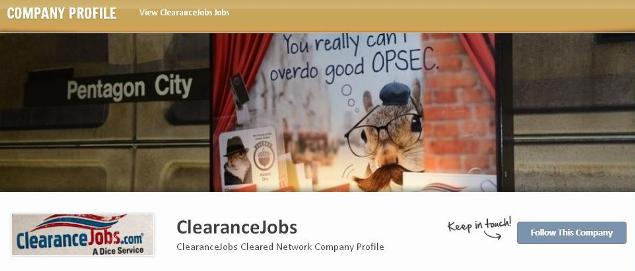Some people have perfected the art of job seeking and navigating the hiring process, but for most, sifting through job opportunities and tailoring resumes is overwhelming. So, imagine after all that work, you get a cold, automated response, no response, or unnecessary hoops to jump through to make it to the next level. Or, back it up another step. What if you find a job posting that seems like a good fit, but the company website is hard to navigate and while trying to submit your resume (on a computer since the application process wasn’t mobile accessible), the system times out and you have to start over?
Plenty of candidates could share their stories, and it is easy to judge other recruiters and organizations who are seemingly rude to candidates. But what about you and your organization? How do you know what your candidate experience is? Social media has redefined employer branding – and I’m not talking about your Facebook page. I’m talking about a candidate experience going viral. People talk. You have to do more than simply cross your fingers and hope for a good experience. Comcast learned the hard way what viral means and how it can (further) damage a brand. Could you candidate experience create a similar sentiment?
Don’t wait to see where you stand. Here are four ways to check your candidate experience.
1. Interview new hires.
Provide your new hires with an incentive to participate in the interview. Even if the new hire had a bad experience on the way in, this is a great chance to change perceptions. Obviously, the new hire should not face any repercussions for providing input. Ask them to provide an honest assessment – what turned them on about the company? What were the negatives? These are people you just hired so their experience will be fresh in mind, and they’re also a great resource to scope out how the competition is doing. Try to spot any trends in the interviews.
2. Assess your first impressions.
Ask your employees to walk through all of the elements of the online candidate experience. Keep the candidate at the forefront of the assessment. All too often, organizations either openly or passively communicate that it’s all about the organization instead of the candidate. Often ‘our employees are our best resource’ is more buzz than reality – show how important your workforce is from day one of the recruiting process.
3. Look for time wasters.
Conduct a review of ways you might be wasting candidates’ time in the interview and hiring process. Look for steps that can be consolidated. Check your communication process for unintentional time wasters. Also, while surveys are great, make sure the candidate isn’t being required to fill out duplicate information.
4. Make sure you’re not being a jerk.
Here’s where your data can be of service. Check response times to candidates. Make sure all receive a follow up in a timely manner. If a candidate is still being considered for a job, your system should be tracking the length of time in between communication to the candidate. It’s also helpful to look back through former candidates’ notes and check to see how detailed and individualized they are. Attention to detail can make a candidate feel less like a number or and more like an appreciated person.
Recruiting and hiring is technically about filling open positions. But it makes no sense to ignore the candidate experience. Bad candidate experiences can make it harder to attract top talent, can give the organization bad publicity, can cause a new hire to start off on the wrong foot, and can make a candidate turn down the job. Don’t leave your candidate experience to chance. Instead, take the initiative to check your candidate experience and find ways to improve it.




